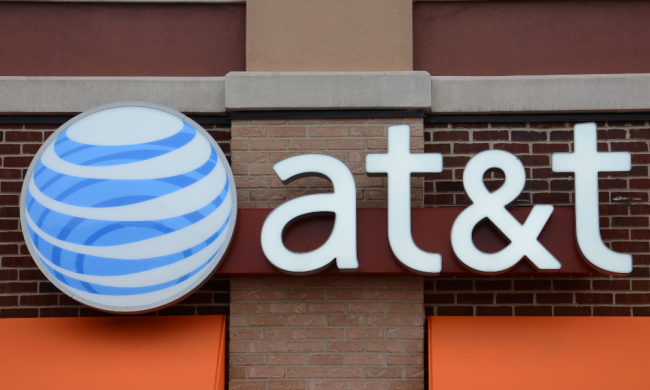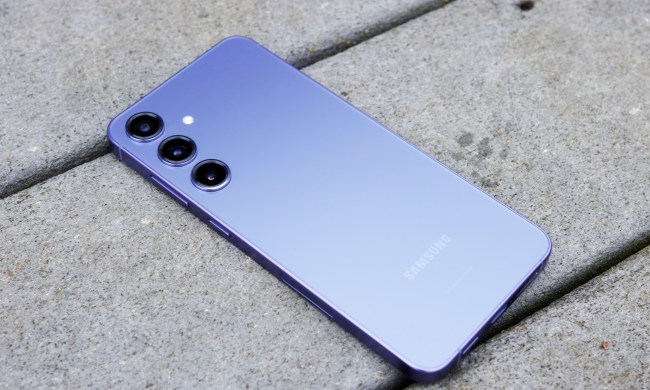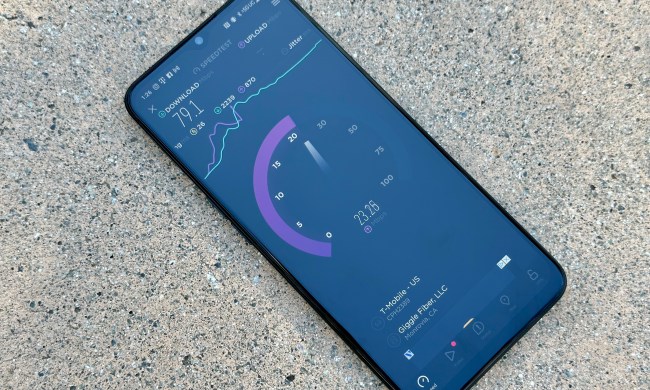As part of the tech industry’s ongoing effort to test its 5G network speeds under every set of circumstances imaginable, Samsung announced on Monday that it had successfully managed to attain 1.8Gbps Wi-Fi downlink speeds on the subway in Seoul, South Korea.
The test involved the use of a Samsung Galaxy S21 Ultra on a moving train, which circulated through five stations in the downtown Seoul area. Samsung had installed its 5G millimeter-wave (mmWave) Compact Macro access units along the railways, where they ran at 800Mhz in the 28GHz spectrum band.
While it’s funny to think of this in terms of how increasingly granular 5G tests have been getting — next up, a tech company ran a test that attained a new record in 5G downlink speeds between two randomly chosen left-handed dentists’ offices — the Samsung subway test did demonstrate some useful things about the current state of 5G millimeter-wave technology.

For example, it was a useful example of how 5G technology can be adapted and used on top of a legacy system. It also featured the deployment of a 5G mmWave network in the sort of setting that’s notoriously unfriendly to consistent connection speeds.
Even in a heavily wired area like urban South Korea, mobile users on 4G devices can typically expect an average downlink speed of around 71Mbps on the Seoul subway system. Samsung managed to get that to run 25 times faster with no need to renovate the area for the purpose.
“We are pleased to deliver an enhanced mobile experience, with faster download speeds and connections for subway passengers, leveraging our advanced 5G mmWave solution,” said Seungil Kim, vice president and head of networks at Samsung, in a press release.
“Our successful speed trial on public transportation proves the high potential of 5G mmWave, demonstrating its capability to complement existing wireless technologies, and boosting the performance of legacy networks, all while providing a foundation for future telecommunication services.”
That 5G mmWave solution is the Compact Macro, a small featureless white box that Samsung advertises as combining a baseband unit, radio, and antenna into a single lightweight device. It currently comes in two models; the 4T4R is meant for general coverage, while the smaller 2T2R is a stopgap device that’s meant to be plugged into high-traffic areas to boost their capacity.
Both devices are meant to be installed on top of typical city features like stoplights, utility strands, and power poles, where they’d presumably blend into the surrounding urban clutter. (Given the general hostility to 5G in some circles, one wonders if Samsung might do better to make the Compact Macro less identifiable.) Due to their size and low deployment requirements, they’re also suitable for installation in public transport vehicles, with Samsung already suggesting that it plans to bring the Compact Macro units to buses in the future.


